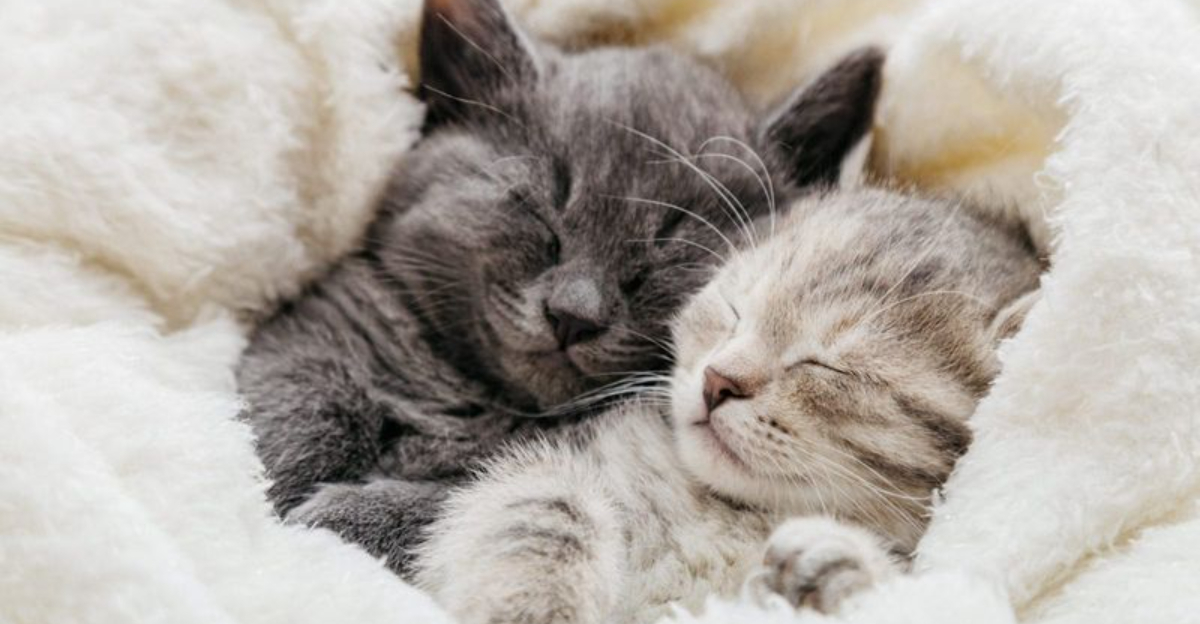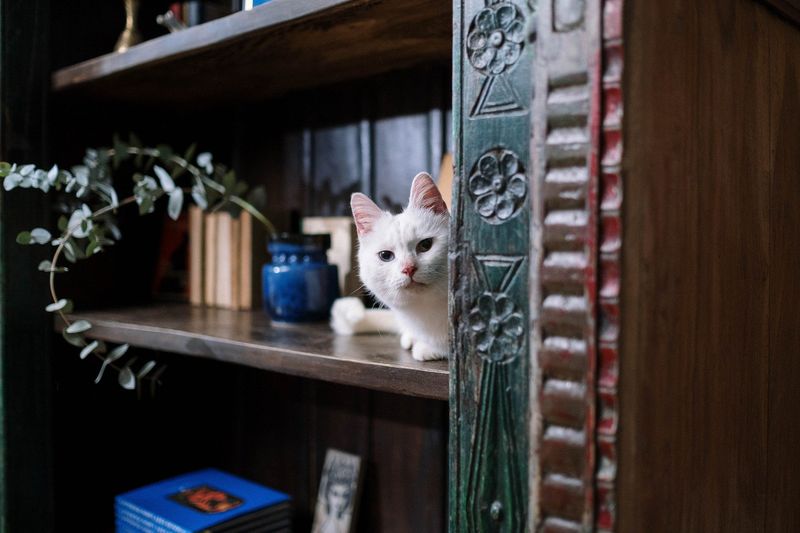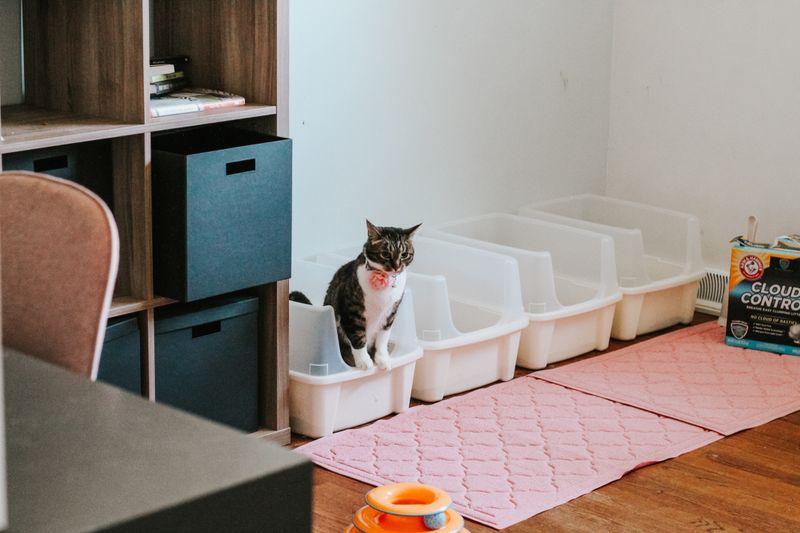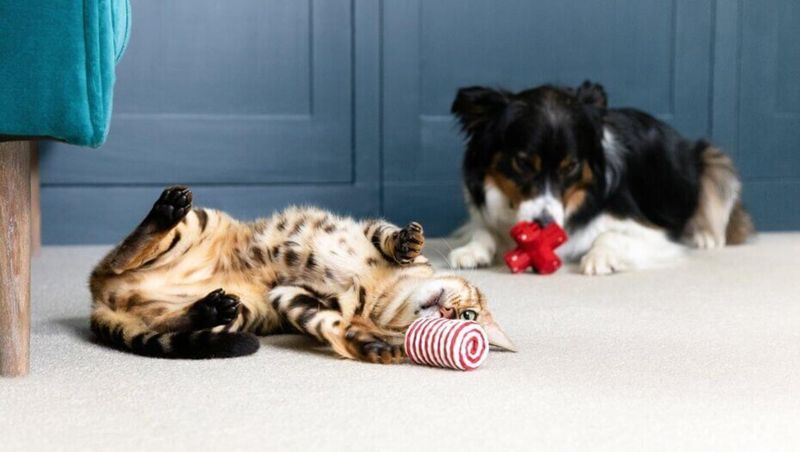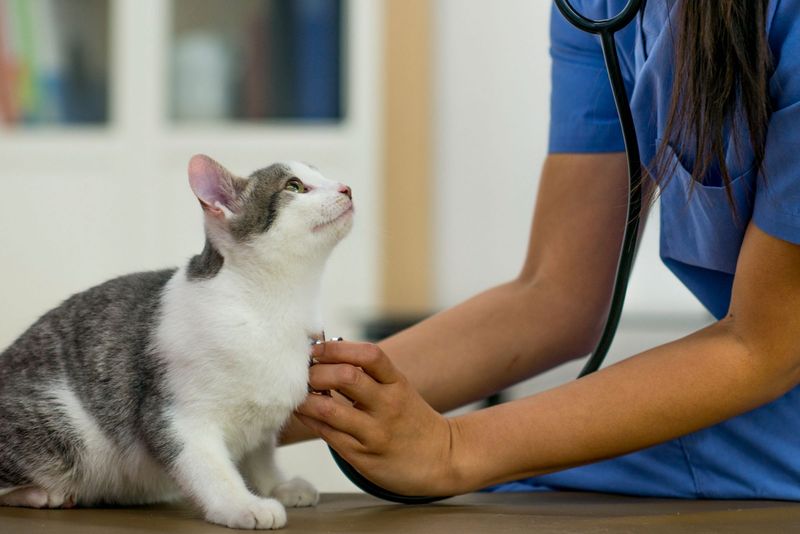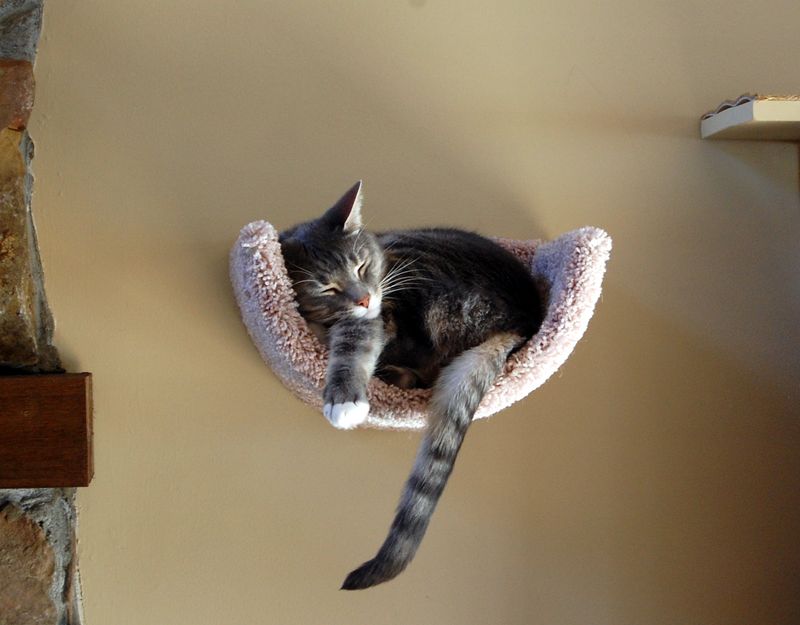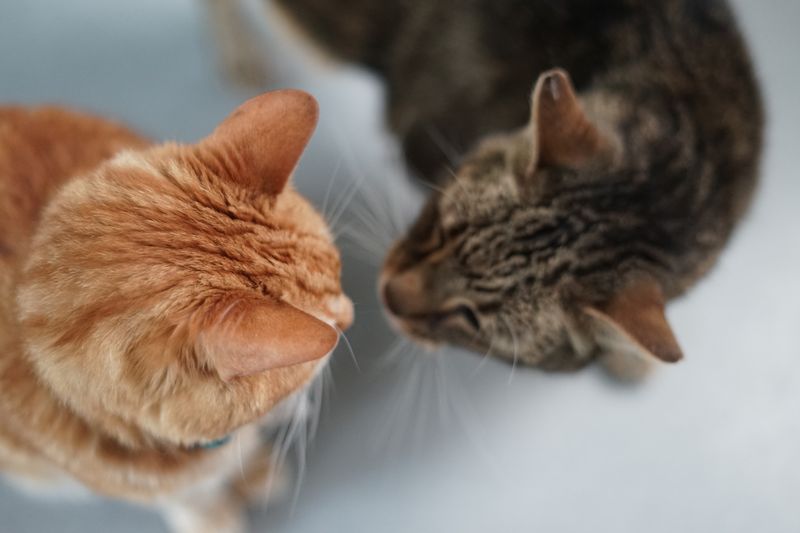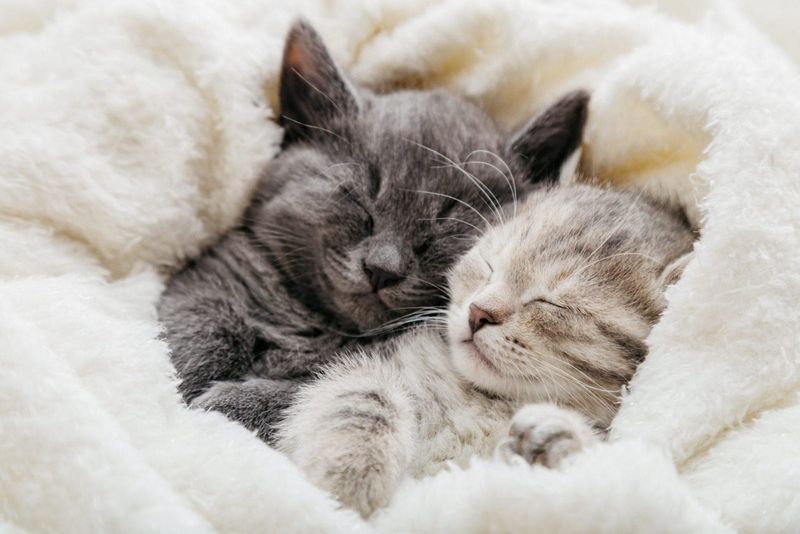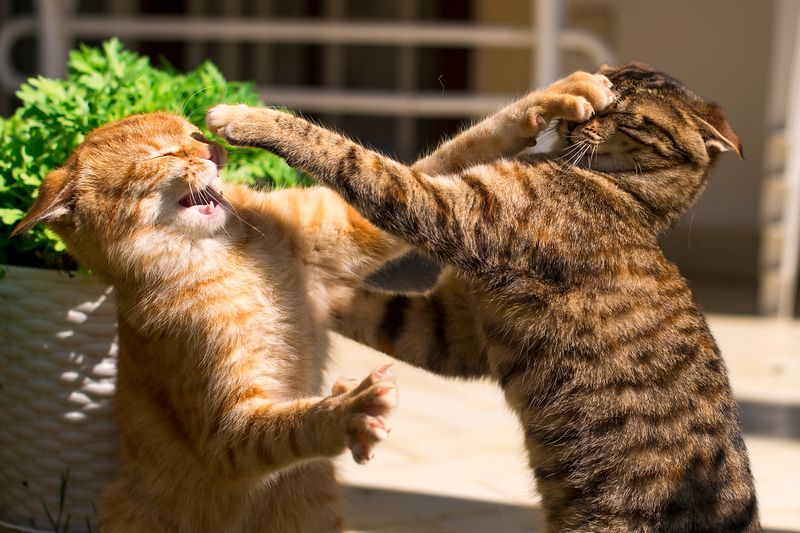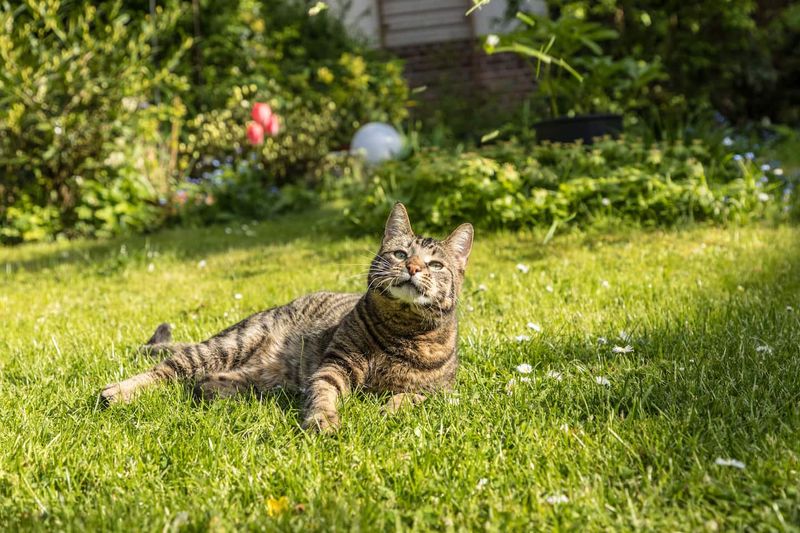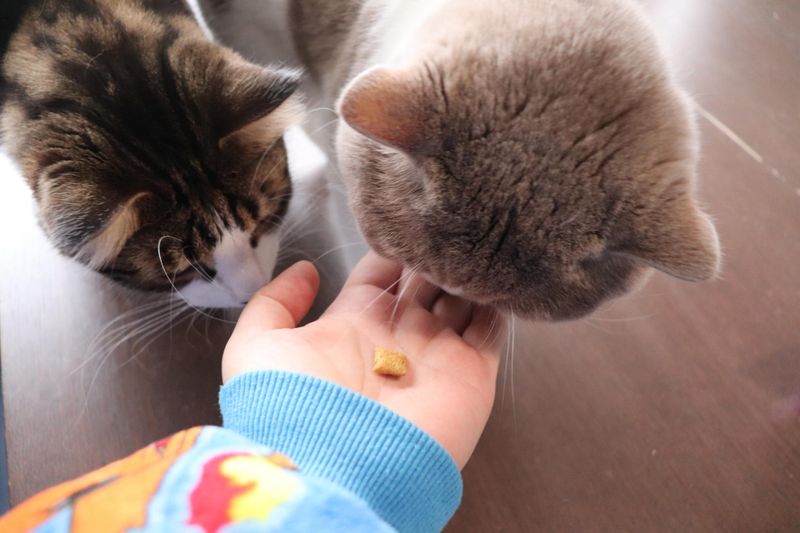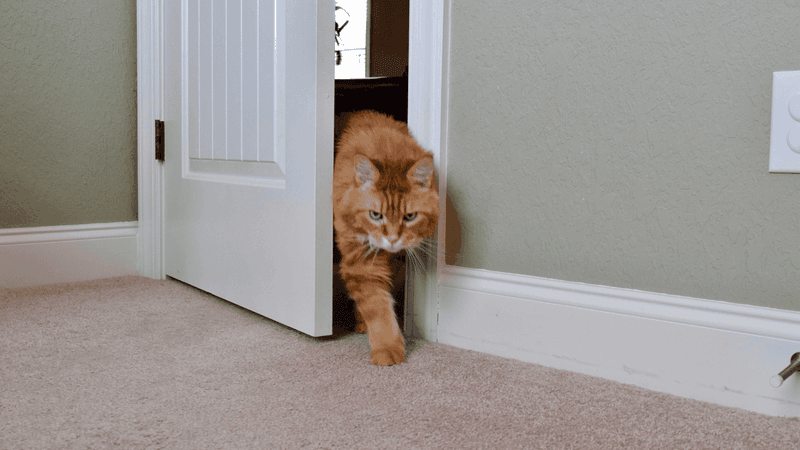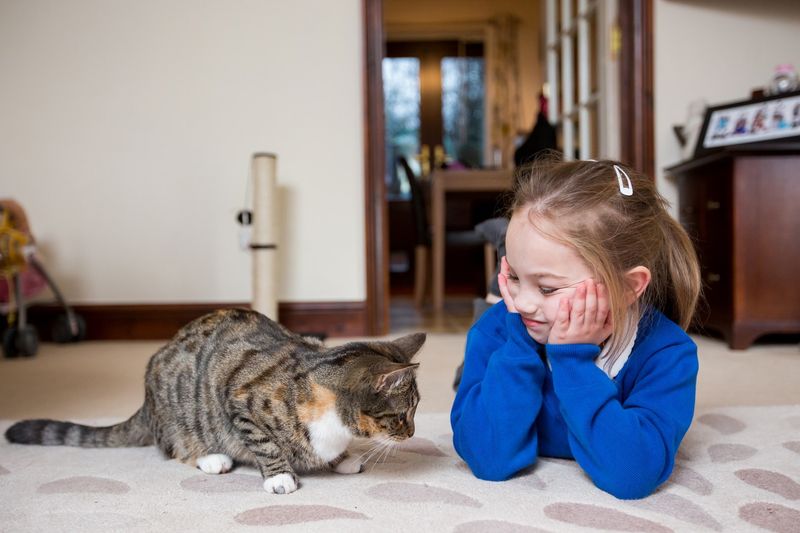📖 Table of Content:
- 1. Create Separate Territories
- 2. Establish Feeding Routines
- 3. Provide Multiple Litter Boxes
- 4. Rotate Toys Regularly
- 5. Schedule Regular Vet Visits
- 6. Use Feline Calming Products
- 7. Create Vertical Spaces
- 8. Introduce New Cats Gradually
- 9. Maintain Consistent Human Interaction
- 10. Ensure Adequate Resources
- 11. Monitor for Behavioral Changes
- 12. Provide Safe Outdoor Access
- 13. Use Positive Reinforcement
- 14. Set Clear Boundaries
- 15. Encourage Gentle Interactions
Living with multiple cats can bring endless joy, but it also comes with its own set of challenges. Creating a peaceful environment for your feline companions requires attention to their needs and understanding their unique personalities. Finding the right balance is key to ensuring a harmonious home where each cat feels secure and content.
Managing a multi-cat household requires more than just providing food and shelter. Establishing boundaries, maintaining consistent routines, and recognizing each cat’s individual space can prevent conflicts. With patience and a bit of effort, it’s possible to create a stress-free environment for both cats and their humans.
Whether you’re experienced with multiple cats or just starting out, it’s essential to approach the situation thoughtfully. By implementing simple strategies and paying attention to details, your home can become a sanctuary of peace. These tips will help foster a sense of security and calm, making life with several cats both enjoyable and manageable.
1. Create Separate Territories
Cats are territorial creatures and thrive in environments where they have their own spaces. By creating separate territories, you can minimize conflicts and promote peace. Ensure each cat has a personal space, such as a cozy bed or a designated perch, where they can retreat and feel safe. This can be particularly helpful if tensions arise suddenly.
Providing adequate vertical and horizontal space allows cats to explore without infringing on each other’s territories. Think of it as setting up a mini-apartment for each cat. This approach fosters independence while maintaining house harmony.
2. Establish Feeding Routines
Meal times can be stressful if not managed properly. Establishing a consistent feeding routine helps reduce anxiety and prevents food-related aggression. Use separate bowls to avoid competition, and try to feed your cats in the same order each day.
Cats appreciate predictability, and knowing when and where they’ll eat can be incredibly soothing. Consider using automatic feeders if you’re not home during the day. This ensures your cats receive meals at regular times without relying on your presence. Routine is key to a peaceful feeding experience.
3. Provide Multiple Litter Boxes
A good rule of thumb is to have one litter box per cat, plus an extra. This prevents territorial disputes and ensures cleanliness. Position litter boxes in quiet, easily accessible areas to encourage use.
Cats are particular about their bathroom habits, and a lack of boxes can lead to tension. Some cats prefer privacy, so consider enclosed or hooded options. Regular cleaning is crucial to maintaining a pleasant environment. By catering to individual preferences, you can prevent accidents and foster a harmonious household.
4. Rotate Toys Regularly
Keeping your cats entertained will reduce stress and potential conflicts. Rotate toys regularly to maintain their interest and prevent boredom. Interactive toys or puzzle feeders provide mental stimulation and can be a great way for cats to expend energy.
Engage with your cats during playtime to strengthen your bond and encourage positive interactions. This can lead to a more peaceful coexistence as they associate playtime with positive experiences. A variety of toys caters to different preferences, ensuring every cat finds something they enjoy.
5. Schedule Regular Vet Visits
Maintaining your cats’ health is essential for peaceful living. Schedule regular vet visits to catch potential health issues early. Healthy cats are less likely to exhibit stress-related behaviors that can disrupt household harmony.
Vaccinations, dental care, and regular check-ups contribute to a calm environment. Discuss any behavioral concerns with your vet as they can offer valuable insights and solutions. By prioritizing health, you ensure every cat feels their best, which is crucial in maintaining peace.
6. Use Feline Calming Products
When tensions rise, feline calming products can offer support. Products like diffusers, sprays, or collars release pheromones that mimic natural cat scents, promoting relaxation and reducing conflict.
These products are particularly useful during stressful events like moving or introducing a new pet. Using calming products can ease transitions and maintain a serene environment. Always consult your vet to choose the best option for your specific needs. Integrating calming aids can significantly enhance household peace.
7. Create Vertical Spaces
Cats love to climb, and providing vertical spaces helps satisfy this natural instinct. Cat trees, shelves, or window perches add dimension to your home and allow cats to observe their surroundings from a safe height.
Vertical spaces help reduce territory disputes by providing additional areas to explore. They also offer a sense of security and control, which is vital for a peaceful coexistence. By enriching your home with vertical spaces, you create opportunities for exercise and relaxation.
8. Introduce New Cats Gradually
Patience is key when introducing a new cat to your home. A gradual approach can help reduce anxiety and foster positive relationships. Start by exchanging scents and holding controlled meetings to set the stage for a comfortable introduction.
Monitor behavior closely and separate cats if tensions rise. Providing each cat with individual attention and resources minimizes jealousy. A gradual approach fosters positive relationships and contributes to a peaceful household. Ensure all cats feel secure and valued during the transition.
9. Maintain Consistent Human Interaction
Cats thrive on consistent interaction with their human companions. Regular play sessions, grooming, and affection strengthen bonds and reduce stress. Each cat has unique preferences, so tailor your interactions accordingly.
Spending quality time with your cats reassures them and fosters a calm environment. Consistent interaction reduces the likelihood of behavioral issues and promotes harmony. Making time for each cat shows them they are valued and loved.
10. Ensure Adequate Resources
A successful multi-cat household relies on providing adequate resources for each cat. Ensure you have enough food bowls, water dishes, litter boxes, and personal resting spaces. Without enough to go around, competition and stress can arise.
By offering multiple options, you prevent territorial disputes and ensure each cat’s comfort. Consider their individual preferences for sleeping and eating arrangements. Access to sufficient resources contributes significantly to a harmonious living environment.
11. Monitor for Behavioral Changes
Keeping an eye on your cats’ behavior is crucial for their well-being. Any sudden changes in mood, such as aggression or withdrawal, could indicate problems. Catching these shifts early helps address issues before they escalate.
Behavioral changes can stem from health problems, environmental changes, or social dynamics. If concerns arise, consult your vet for guidance. Awareness of your cats’ behavior helps maintain peace and address issues before they escalate. Being observant ensures your home remains tranquil and nurturing.
12. Provide Safe Outdoor Access
Outdoor access can enrich a cat’s life, but safety is paramount. Consider creating a secure outdoor enclosure or leash training for supervised outings. Fresh air and exercise contribute to a cat’s well-being.
Safe outdoor experiences prevent boredom and reduce indoor stress. By managing outdoor access, you ensure peace within your household while allowing cats to enjoy nature. Outdoor time can be a fantastic way to meet their adventurous instincts safely.
13. Use Positive Reinforcement
Positive reinforcement strengthens desired behaviors. Rewarding good behavior with treats or affection encourages repeat actions. This technique is effective for training and promoting harmony.
Consistency is key; ensure all household members practice the same approach. Positive reinforcement helps build trust and reduces conflicts arising from misunderstandings. By fostering positive behaviors, you create a peaceful and cooperative environment.
14. Set Clear Boundaries
To keep things peaceful, it’s important to set boundaries for your cats. Designate specific areas as off-limits to keep the home organized and safe. Consistently enforcing these boundaries will help your cats learn their limits and respect them.
Boundaries prevent accidents and ensure everyone respects shared spaces. Use positive reinforcement to guide behavior rather than punishment. A clear understanding of boundaries contributes to a harmonious home where cats and humans coexist peacefully.
15. Encourage Gentle Interactions
Fostering gentle exchanges between humans and cats helps to reduce stress and establish trust. Teaching children to be respectful of cats’ boundaries will ensure smoother interactions. Supervision guarantees the safety of both the cats and the children while encouraging positive behaviors.
Consistent reinforcement of gentle behavior leads to harmonious relationships. Encourage slow, deliberate movements and reward gentle touches with praise. By nurturing gentle interactions, you build a foundation of trust and peace in your household.
